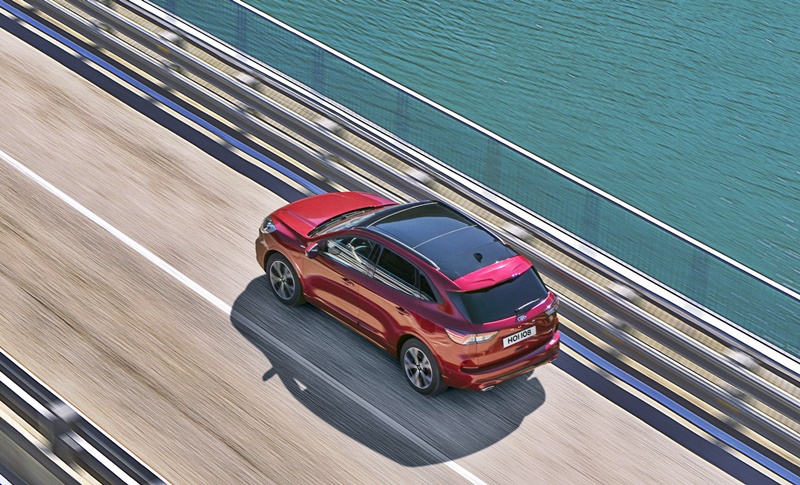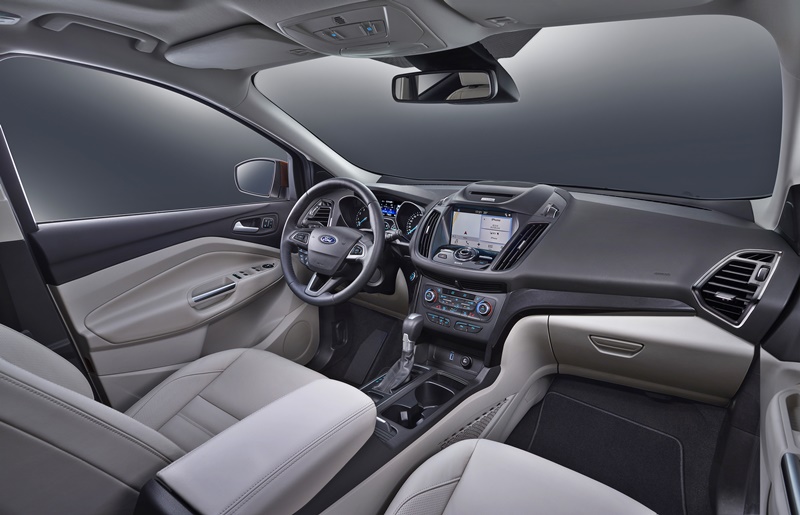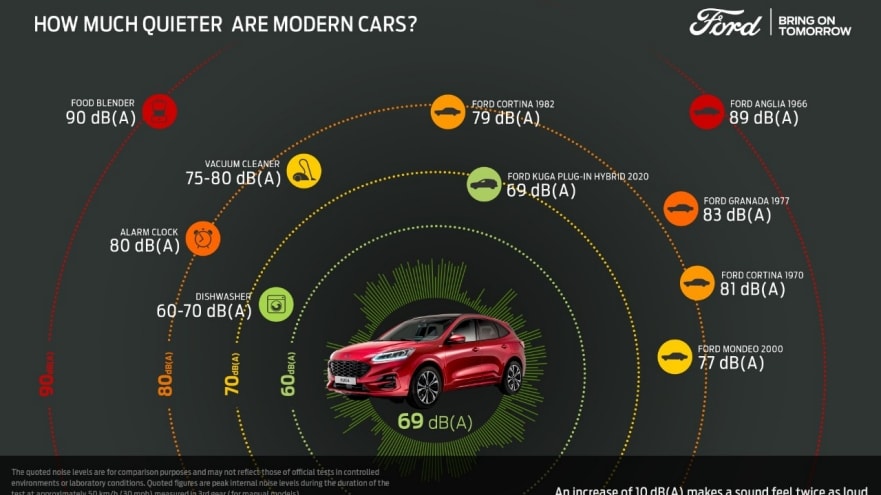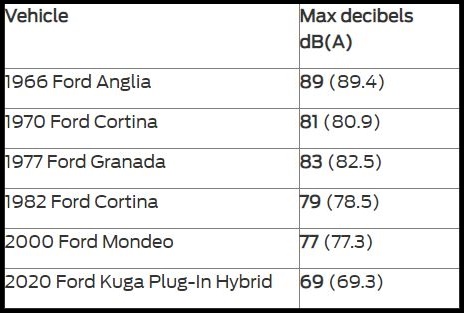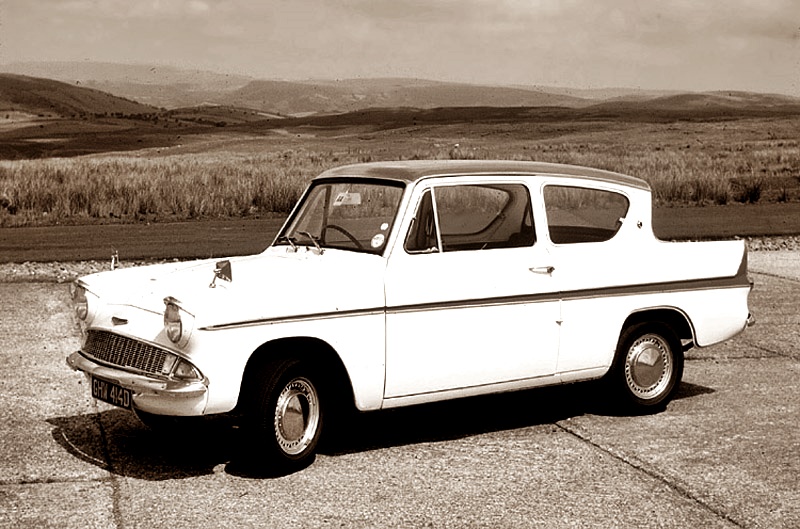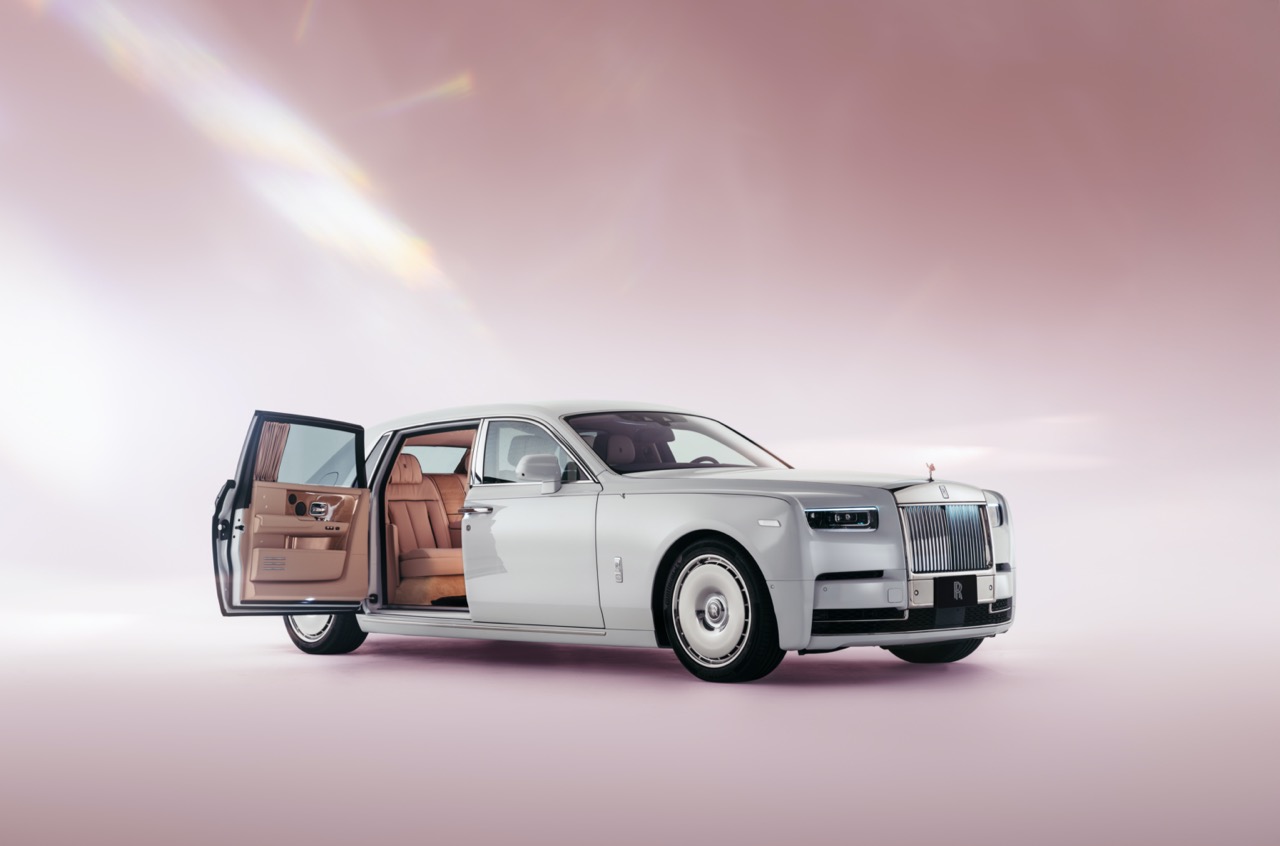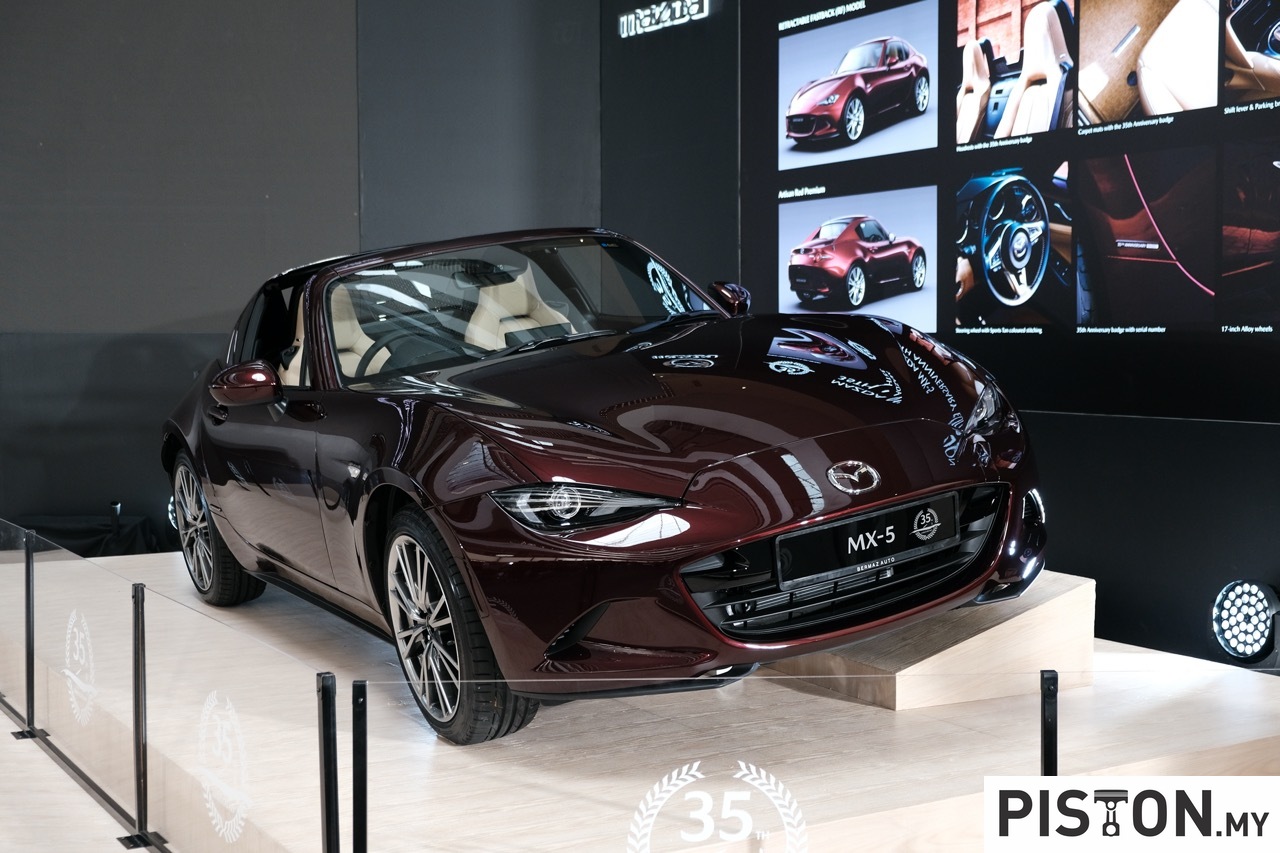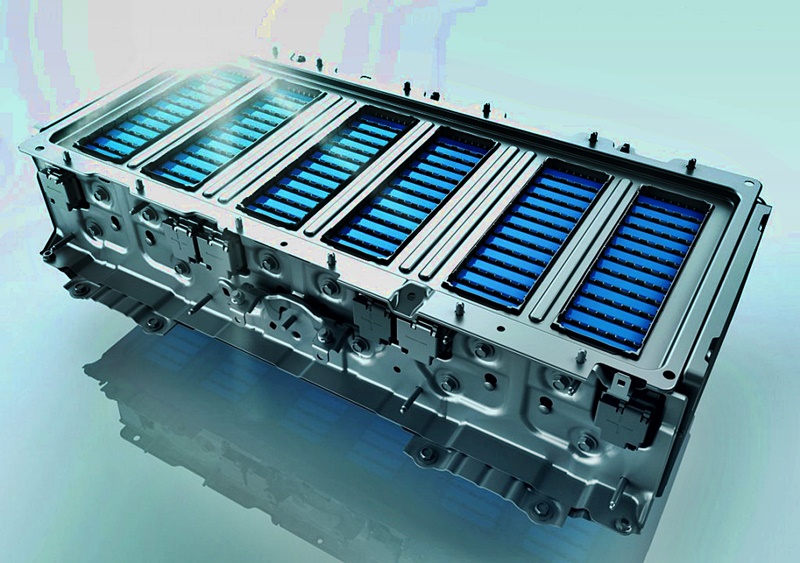Noise is something we adapt to over time (if it is not very loud) and where noise inside cars is concerned, different models will have different levels. The more expensive ones with better insulation and more damping materials will have a quieter interior while occupants in the lower-priced models may hear more noises.
Over time, the ears get used to the noise levels and what may have seemed ‘noisy’ might seem to fade away. Or the opposite can also occur as time will see some parts loosening, gaps widening so noise from outside can seep in.
Where drivers used to have to shout to make themselves heard above certain speeds, modern-day cars are comparatively quiet. Conversations and music are clearly audible, even at low volumes. But the quest for quietness in the cabin has not ended and Ford’s ‘Whisper Strategy’ delivers lots of small noise improvements around the vehicle that add up to a big difference. Lower noise levels will not just enhance comfort but can also reduce fatigue.
The ‘Whisper Strategy’
Take the new Kuga sold in Europe, for example: Ford engineers examined noise‑generating elements from the suspension to the door seals to help find ways to optimize interior refinement. Adding perforations to the leather seat bolsters reduced the total area of flat surfaces inside the cabin, helping absorb rather than reflect noise.
Aerodynamically-tuned sound shields are also added underneath the body of the vehicle that help limit road and wind noise entering from outside.
Ford engineers spent two years testing more than 70 different tyres over surfaces from smooth tarmac to rough concrete and cobbles, in wet and dry conditions and at a range of speeds to find the exact specification that kept road noise to a minimum.
They added smaller and narrower channels behind the exterior panels that allow hidden wiring and components to pass from one area to limit airflow inside the body.
“Our ‘whisper strategy’ is designed to make journeys as quiet as they can possibly be – from absorbing sound through perforated seats to testing that involves listening carefully to the different sound patterns created by dozens of different tyres,” explained Glen Goold, Chief Programme Engineer for the model.
A generational divide
To ascertain just how much quieter today’s cars are, the engineers got hold of a 1966 Ford Anglia and measured sound levels. They found that the interior noise levels in the latest Kuga Plug-In Hybrid are just one quarter of those experienced by motorist in the 1960s.

With the quality of musical sound reproduction in cars getting higher and higher, ensuring that undesirable noises are kept out or suppressed is important. Quietness also gives a more premium ambience in the cabin, increasing the appeal of the model.
To view, test-drive or buy Ford vehicles in Malaysia, visit www.sdacford.com.my.




